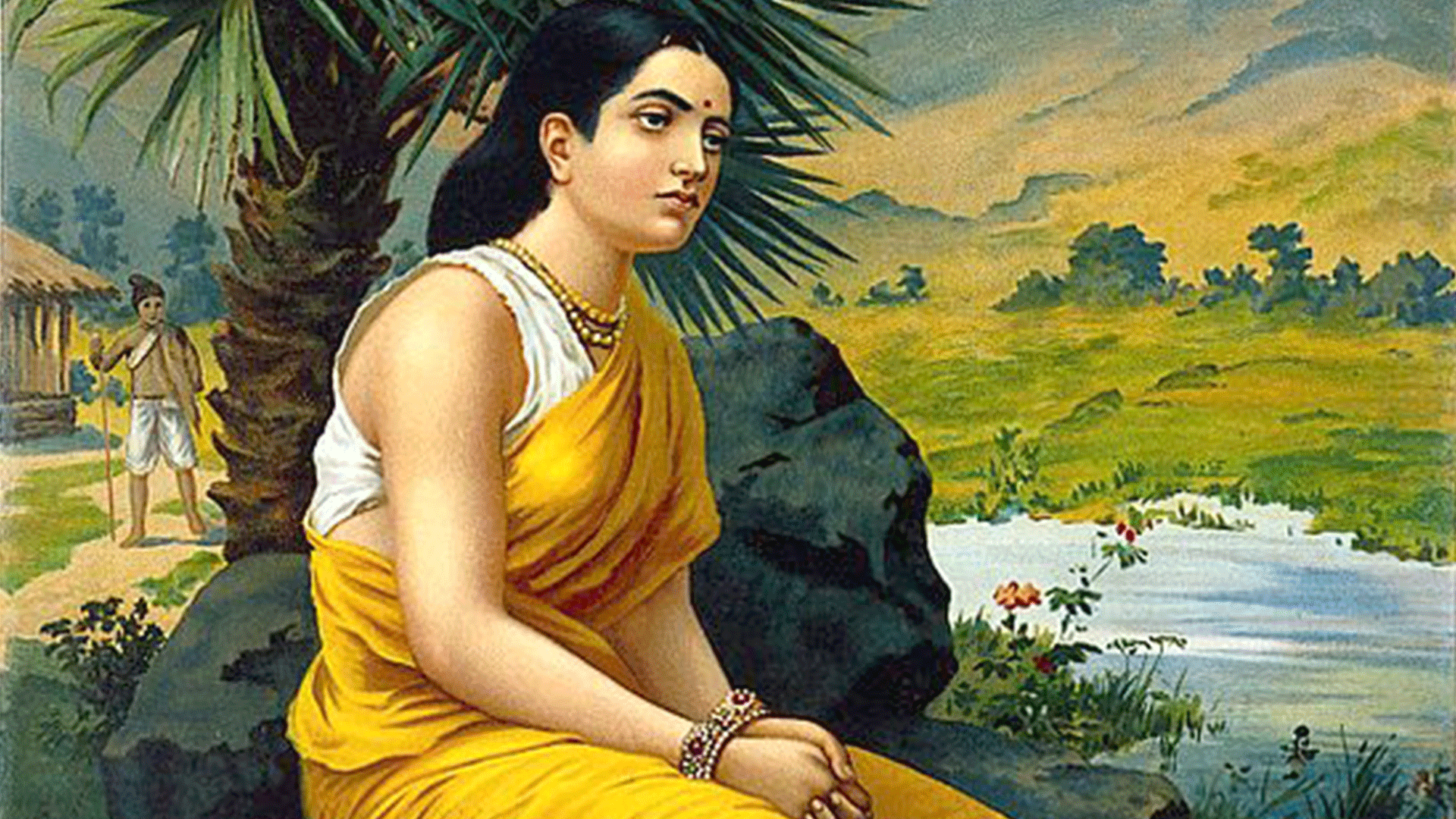Darkness has so much power – it is a source for your inner light to shine. The story of Sita is enveloped in layers of a woman’s darkest miseries. Every woman who knows the story of Sita aches listening to her anguish. Yet her strength is the epitome of how much a woman can tolerate.
Goddess Sita is the central figure of Ramayana, one of Hinduism’s most revered religious epics. She was the adopted daughter of King Janak of Mithila and wife of Lord Ram. It is believed that she was found protected by vultures in the jungles of Southern Nepal.
Sita was the princess of the Kingdom of Mithila in present day Terai and adjoining parts of India northward of River Ganga. The Janaki temple in Janakpur – which was the capital of Mithila – was built in honour of the Goddess. In 1657, a golden statue of Sita was found by the holy sage and founder of Janakpur, Sanyasi Shur Kishor Das. He built a temple on the very spot where the statue was found.
The present-day Janaki temple was built in 1910 by Queen Vrishna Banu of Tikamgarh, India to mark Janakpur as the birthplace of Sita. It’s a wonder why an Indian Maharani would come all the way to Nepal to build the temple; she must have truly been a Sita devotee.

Most of us in traditional texts and stories have read Sita being portrayed as the obedient and sweet wife of Lord Ram. For years, Sita has been in the mass consciousness of Hindu women as the ideal submissive sacrificing woman with unquestionable loyalty. Only in recent years with emerging feminist thoughts, Sita’s life has been analysed deeper. Judging by her life story – a princess who was active in ruling Mithila, and a queen who lived in exile for most of her life; the real Sita must have been strong and resilient, not a woman needing identity through her husband alone. An evidential proof of this fact is an Upanishad (religious and spiritual teachings in Hinduism) dedicated solely to her ideals and philosophy. Out of the 108 Upanishads, one of them is the “Sita Upanishad.”
The fate of Sita is paradoxically tragic. A queen and yet never having lived in queenly comfort. She married Lord Ram but soon had to leave for exile with him for 14 years. While in exile, she was abducted by Raavan, King of Lanka and was imprisoned in his palace. The great war between Lord Ram and Raavan to free Sita is the crux of the Ramayan. Ram’s glorious victory is celebrated as Dashain and their triumphant return to Ayodhya as Tihar, the two biggest festivals for Hindus.
Unfortunately, soon after returning to palatial life, she was exiled again, as her husband succumbed to accusations of her being unfaithful to him with Raavan while in abduction. She was pregnant then, and tragically had to give birth to her twin sons – Lava and Kush, in the jungle.
Her end again is heartbreaking. Upon learning that he is the father of twin sons, Ram came to take his sons but did not accept his wife. Unable to bear the pain and the shame inflicted by her husband, she buried herself asking Mother Earth to envelope her. The true nature of her death is unknown as religious stories simply say she was taken back by “mother earth” for her biological mother was unknown. But we can perhaps assume it was suicide, or did she bury herself alive?
Sita is an epitome of willpower, inner strength and embodies the greatest attributes of emotional perseverance. She died defiantly, challenging the judgment of Hinduism’s greatest God, Ram by imploring Mother Earth to embrace her as proof of her innocence.
She is also a symbol of injustice that men inflict upon women throughout history and even today. The husband attained all the glory by being exiled, waging a war, winning against the evil forces and even being respected for banishing his pregnant wife, as it was perceived to be a moral decision. The wife on the other hand fought with the husband side by side facing every obstacle and went through greater emotional and mental torture, yet she is just given a platform of worship along with the husband who misjudged her.
There are rarely any women in history who have an individual identity if she is married. The fact that Sita had her own Upanishad is evidence that her character was so strong that even in those days she was entitled to an Upanishad. Yet in time, with more male historians in the offing, she lost her deserving place.
History never judges the wrongdoings of a husband towards his wife. It is an accepted norm. Being Lord Ram, no religious text or history books have dared to question why he was so unfair to his wife and even if mentioned, it has been twisted in his favour. And Sita, the wife is mostly worshipped for being devoted and obliging to her husband’s wishes. Herein lies the bias of men writing “history,” a woman’s struggles, achievements and individuality always overshadowed by that of men’s.

